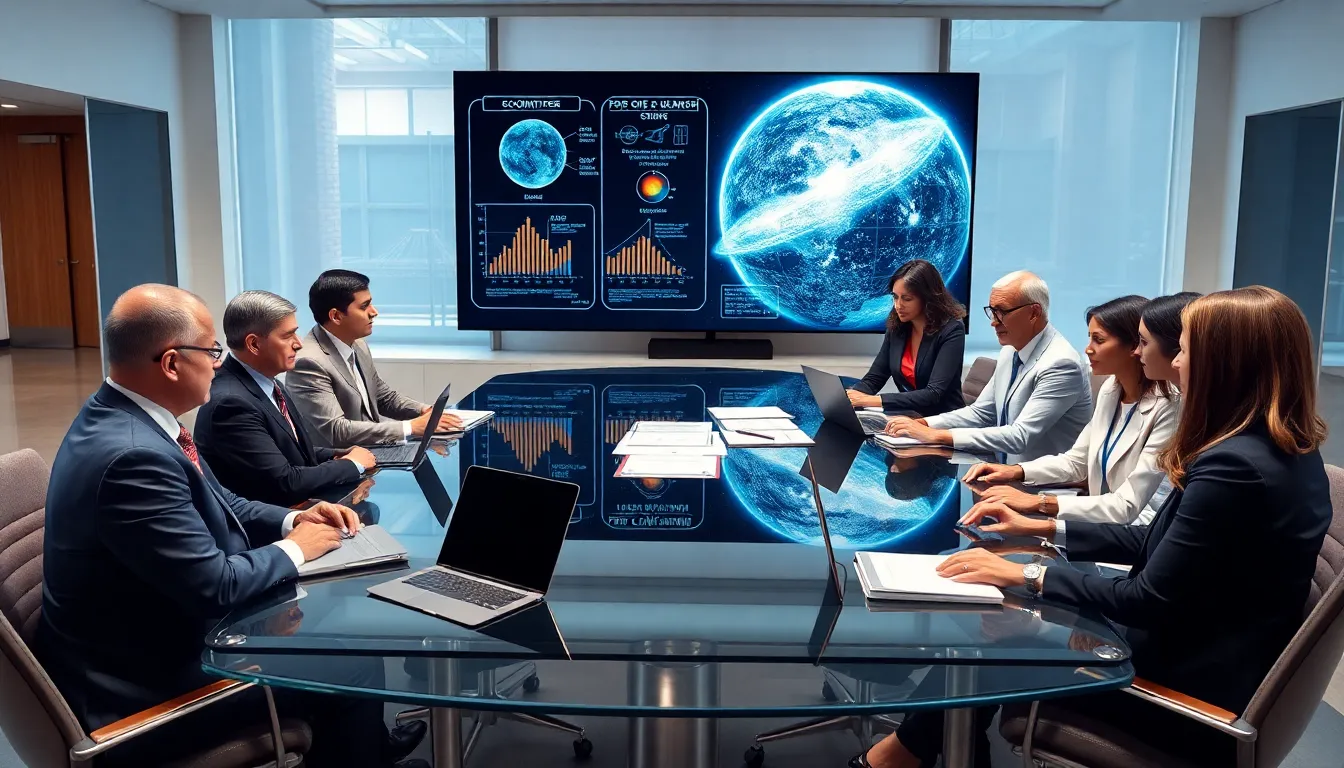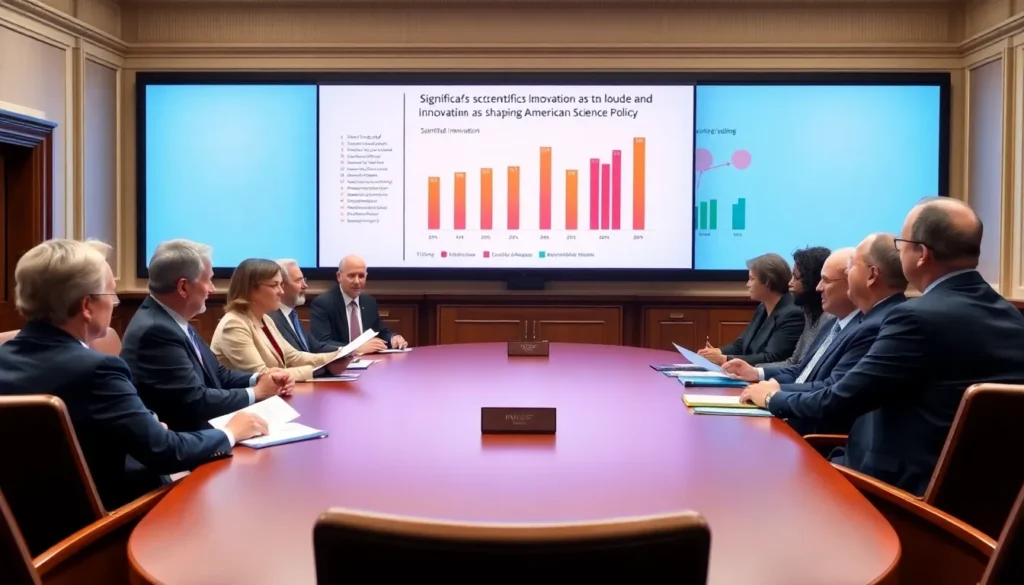Table of Contents
ToggleIn a world where science and technology are the driving forces behind innovation, it’s easy to forget the unsung heroes. Enter the Committee on Science, Space and Technology. While their name may sound like a scene from a sci-fi comic, this committee is dead serious about shaping the future of American science policy. Wondering how they do it? Grab a cup of coffee and a comfy chair because this overview will take you from their formation to their ongoing challenges, all while keeping things light and engaging.
History And Formation

The Committee on Science, Space and Technology was established in 1958 as a response to the launching of Sputnik by the Soviet Union. Back then, the U.S. realized that space exploration was not just for adventure: it was essential for national security and technological advancement. Initially, its focus was on space science, but over the decades, it evolved to tackle a broader scope of issues related to science and technology.
Fast forward to today, this committee has firmly rooted itself in ensuring that the U.S. remains a leader in scientific research. Its formation symbolizes a commitment to promoting innovation and supporting American researchers. By navigating through a landscape of rapid scientific discovery, it serves to unify different sectors like government, academia, and industry.
Key Objectives And Responsibilities
So, what exactly does the Committee on Science, Space and Technology aim to accomplish? Their primary objectives include overseeing the national science policy, funding for research initiatives, and fostering innovation in emerging technologies. They aim to boost American competitiveness while addressing societal challenges such as climate change, public health, and cybersecurity.
Among their responsibilities, they conduct hearings to gather expert opinions, draft and propose legislation, and provide oversight to various federal agencies. By doing so, they ensure that scientific advancements align with public interest and safety regulations, all while pushing for a robust technological framework that can face future challenges.
Major Legislative Achievements
Over the years, the Committee on Science, Space and Technology has a history laden with impactful legislative achievements. One milestone was the establishment of the National Science Foundation (NSF), empowering funding for various scientific endeavors across the nation. Besides, the committee championed the America COMPETES Act, which aimed to strengthen the U.S. position in research and development.
More recently, they have worked on legislation addressing clean energy solutions and advancements in artificial intelligence, recognizing their significant roles in our world today. It’s crucial to note how these initiatives do not just exist in a vacuum. Each achievement complements their ultimate goal: to elevate the scientific workforce and promote technological innovation.
Current Focus Areas
As the landscape of science and technology evolves, so does the focus of the Committee. Currently, they are diving deep into topics like climate resilience, artificial intelligence ethics, and the promotion of STEM education. With climate issues becoming increasingly pressing, they’re pushing for policies that bolster research in renewable energy and sustainable practices.
Plus to that, artificial intelligence, often dubbed the “next frontier,” has become a focal point for the committee. They aim to create a framework that not only fosters innovation but also addresses ethical concerns surrounding AI development. Together, these focus areas reflect a significant understanding of contemporary challenges that society faces.
Impact On Science And Technology Policy
The influence of the Committee on Science, Space and Technology extends far beyond the confines of their meetings in Washington. Their legislative efforts reverberate throughout American society and shape how science and technology are approached. For instance, their advocacy for increased funding in basic research has led to groundbreaking discoveries that benefit both technological advancements and societal needs.
Also, their emphasis on science-based policymaking shifts the dialogue away from politics, firmly grounding it in evidence and research. By fostering collaboration between various scientific disciplines, they ensure that policies are not only progressive but also sustainable.
Future Challenges And Opportunities
Looking ahead, the Committee on Science, Space and Technology encounters a terrain filled with challenges, yet brimming with opportunities. Future challenges include navigating international cooperation over space exploration and addressing public skepticism about scientific claims, particularly amid a climate crisis.
But with challenges come opportunities. Advancements in technology provide avenues for unprecedented collaboration between public and private sectors. The growing role of citizen science, especially in climate research, can bridge gaps in understanding and amplify engagement in scientific discourse. By fostering an inclusive approach, the committee can empower diverse voices within the scientific community.




